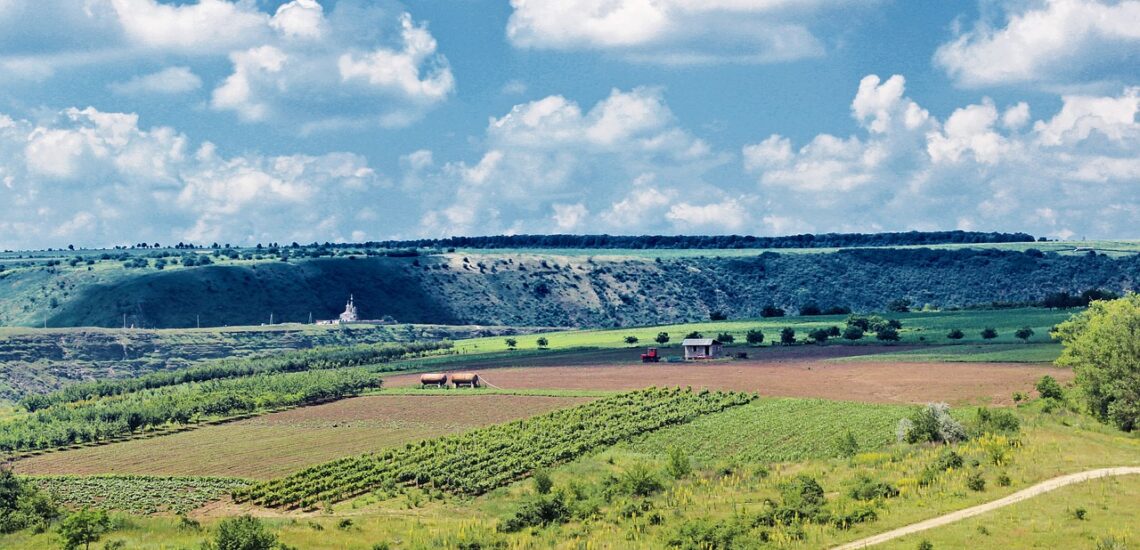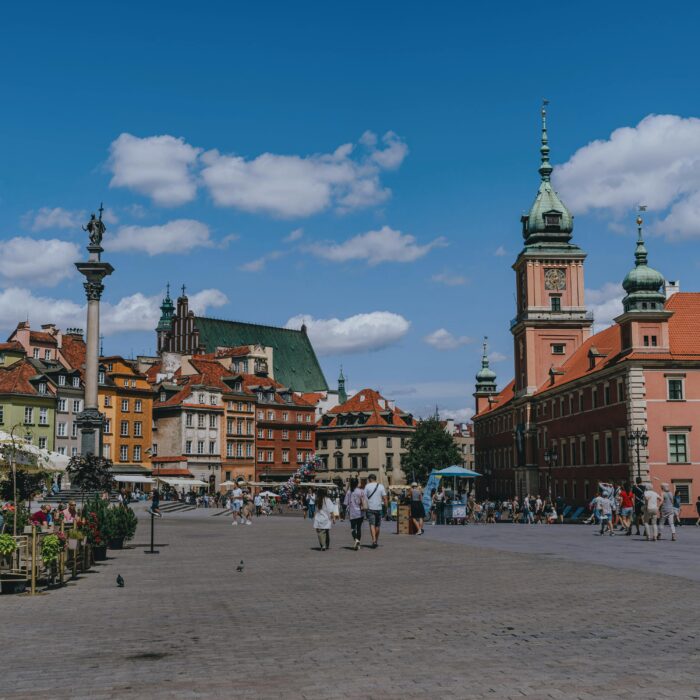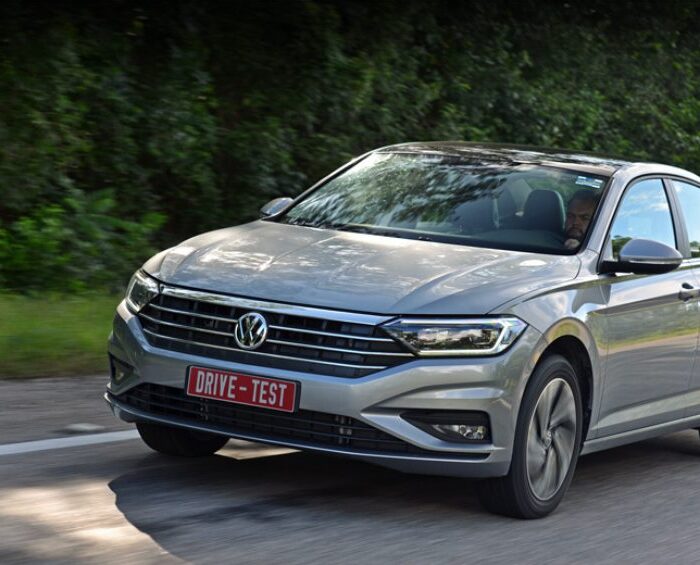Quick facts about Moldova:
- Location: Moldova is a landlocked country in Eastern Europe.
- Capital: The capital city of Moldova is Chisinau.
- Population: Moldova has a population of approximately 2.6 million people.
- Language: The official language is Romanian.
- Independence: Moldova gained independence from the Soviet Union in 1991.
- Wine Country: Moldova is known for its wine production and is a significant wine exporter.
Fact 1: Moldova is a major producer of wine
Moldova is renowned as one of the world’s largest wine producers, with over three-fourths of its exports coming from the wine industry. The country boasts more than 147,000 hectares of vineyards, constituting over 10% of Moldova’s total land area. Grape varieties like Fetească and Kishinev have imparted a unique flavor to Moldovan wines over the centuries.
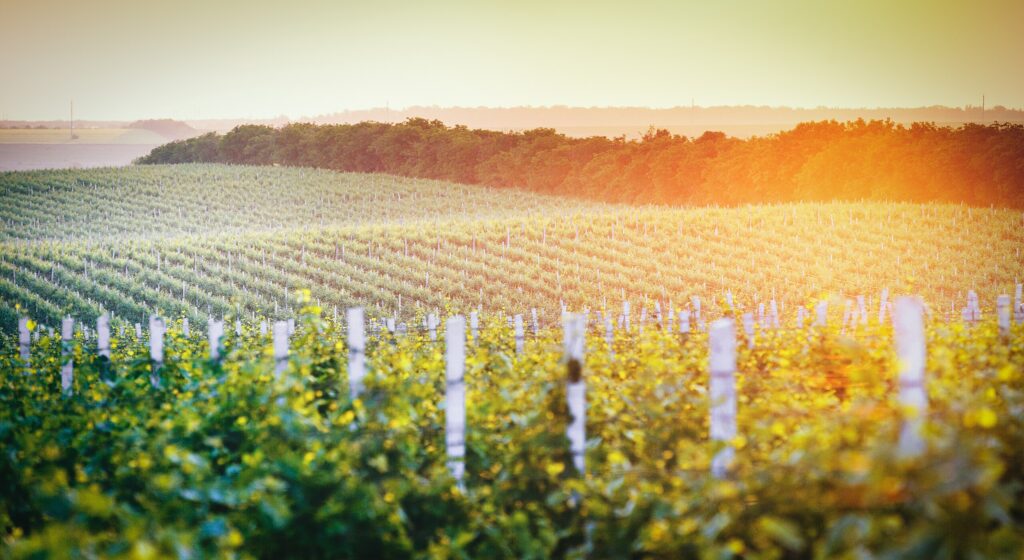
Fact 2: The largest collection of wine is also in Moldova
Moldova proudly hosts the largest collection of wine in the world, recognized by the Guinness World Records. The underground wine cellar at Mileștii Mici stretches over 200 kilometers and houses around 2 million bottles of wine. This extensive cellar network not only preserves Moldova’s rich winemaking heritage but also offers a unique and captivating experience for visitors exploring the vast underground labyrinth.
Fact 3: Moldova is home to the Gagauz people
The Gagauz, an ethnic group in Moldova, have a distinct cultural identity and language. The Gagauz language, a Turkic language spoken by the Gagauz people, is recognized and protected by UNESCO. This recognition emphasizes the importance of preserving the linguistic and cultural diversity within Moldova and contributes to the global efforts to safeguard endangered languages. The Gagauz people play a significant role in Moldova’s cultural tapestry, enriching the country’s diversity.
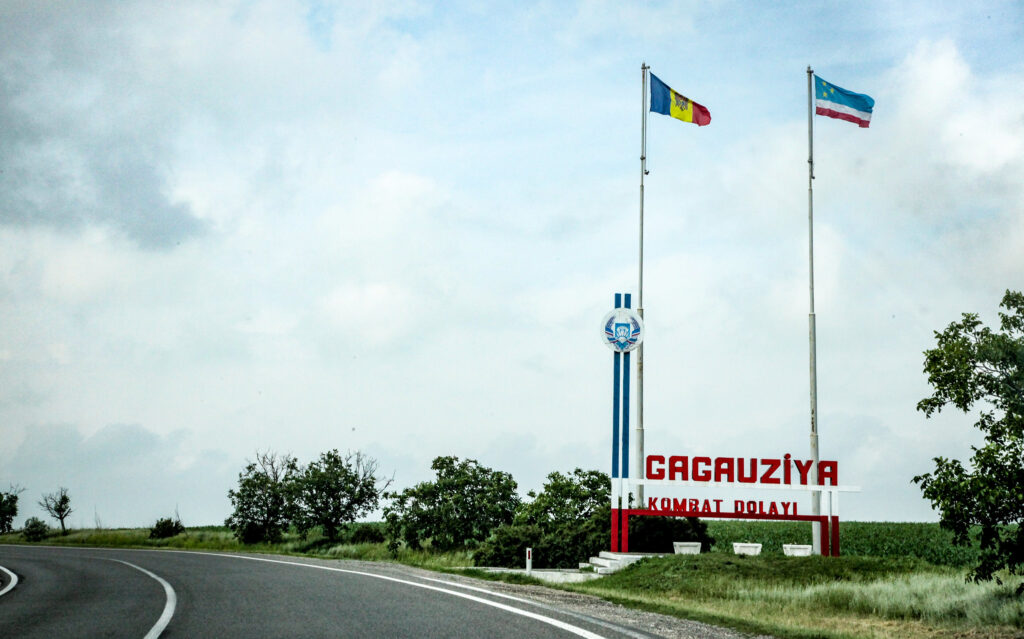
Fact 4: There is a separatist region of Transnistria in Moldova
Transnistria is a breakaway region located in the eastern part of Moldova, along the banks of the Dniester River. Declaring independence in 1990, it has its own government, military, and currency, but its sovereignty is not internationally recognized. The region remains a source of political tension between Moldova and Russia. The unresolved status of Transnistria poses a complex challenge for Moldova’s political landscape, and efforts to find a lasting solution continue.
Fact 5: Many residents have more than one passport
Many residents of Moldova commonly hold dual citizenship, often obtaining passports from countries such as Romania and Russia. The historical and cultural ties with Romania, as well as the geographical proximity, make Romanian citizenship a popular choice. Additionally, Moldova shares historical connections with Russia, leading to a significant number of Moldovan citizens holding Russian passports.
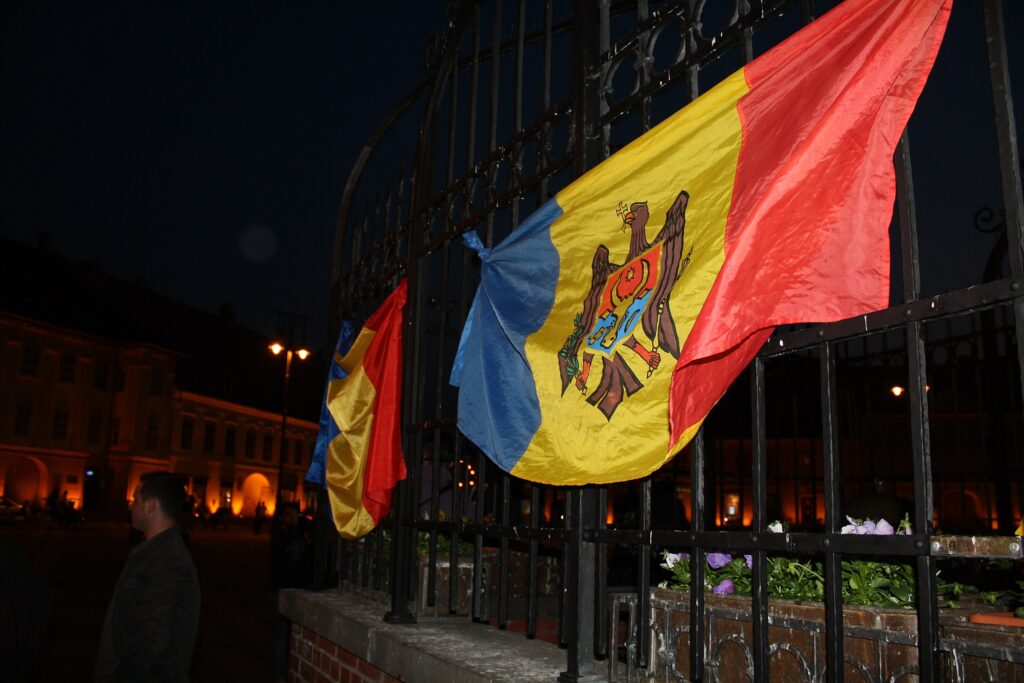
Fact 6: Moldova is a major producer of walnuts
Moldova stands out as a significant global producer of walnuts, with the nut being a key agricultural product for the country. The favorable climate and fertile soil in Moldova contribute to the cultivation of high-quality walnuts. The walnut industry plays a crucial role in the country’s economy, with both domestic consumption and exports contributing to its agricultural sector.
Fact 7: Moldova’s territory was once the bed of an ancient sea
Moldova’s geological history reveals that its land was once submerged under an ancient sea. Fossils and sedimentary rock formations dating back millions of years showcase this ancient marine heritage. The remnants of the ancient sea can be found in numerous places across the country, with geological evidence offering a glimpse into Moldova’s past. The geological transformations that occurred are a testament to the profound changes that have shaped Moldova’s landscape over time.
Note: If you plan to visit the country, do so during the summer. Also check if you need an International Driving License in Moldova to drive to visit the best places in this small country.
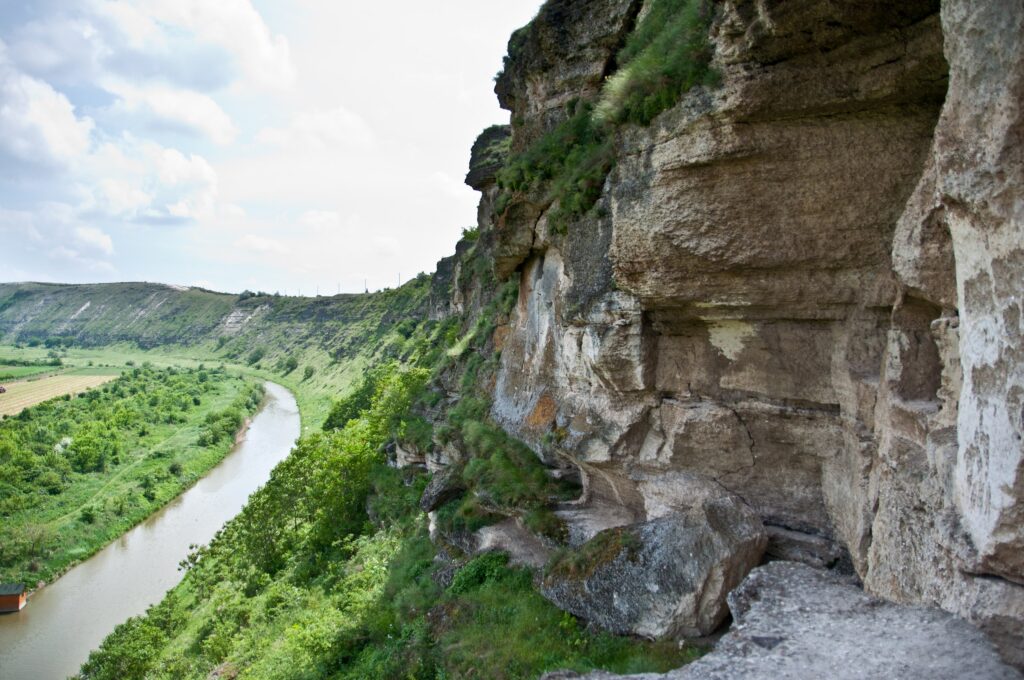
Fact 8: Moldova is the least visited country in Europe
Moldova ranks among the least visited countries in Europe, with tourism numbers relatively low compared to other European destinations. Despite its rich cultural heritage, diverse landscapes, and historical sites, Moldova remains off the beaten path for many international travelers. The reasons for its lower tourism numbers are diverse, including factors such as limited awareness, economic considerations, and geopolitical influences. For those seeking unique and less-explored destinations, Moldova offers an opportunity to experience Europe in a distinctive and less crowded setting.
Fact 9: Roma leader (for Roma from ex-USSR countries) in Soroсa city
The city of Soroca in Moldova is considered the Roma capital for the former Soviet Union. They also elect a leader who has little power but has authority. For example, the acceptable age of marriage according to their traditions was 13 years, but through the efforts of the Roma leader it was raised to 15 years. The traditions of the Roma culture in the USSR developed in a different way than in other countries. And it is in Moldova that there are many settled Roma who build houses (often looking like palaces), live and work in the same place.
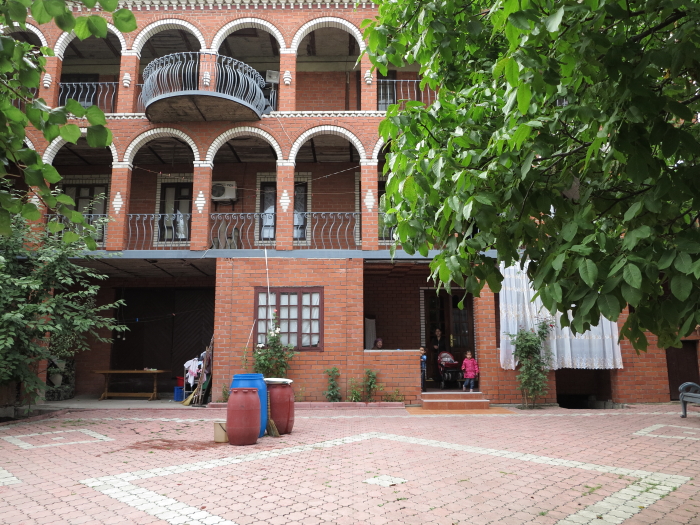
Fact 10: Old Orhei is considered one of the most amazing places in Moldova
Old Orhei is a historical and archaeological complex, is a mesmerizing site that provides a glimpse into Moldova’s rich cultural and historical heritage. Situated along the Răut River, Old Orhei contains remnants from various periods, including ancient fortifications, cave monasteries, and traces of diverse civilizations. The complex features archaeological finds from the Dacian, Roman, Mongol, and Ottoman periods, making it a remarkable testament to the layers of history woven into Moldova’s landscape. Visitors to Old Orhei experience a unique journey through time, appreciating the architectural and cultural diversity that shaped the region over centuries. You can also see the sedimentary rocks of the ancient sea written about above. This is the top 1 place to visit in Moldova.

Published January 31, 2024 • 5m to read

